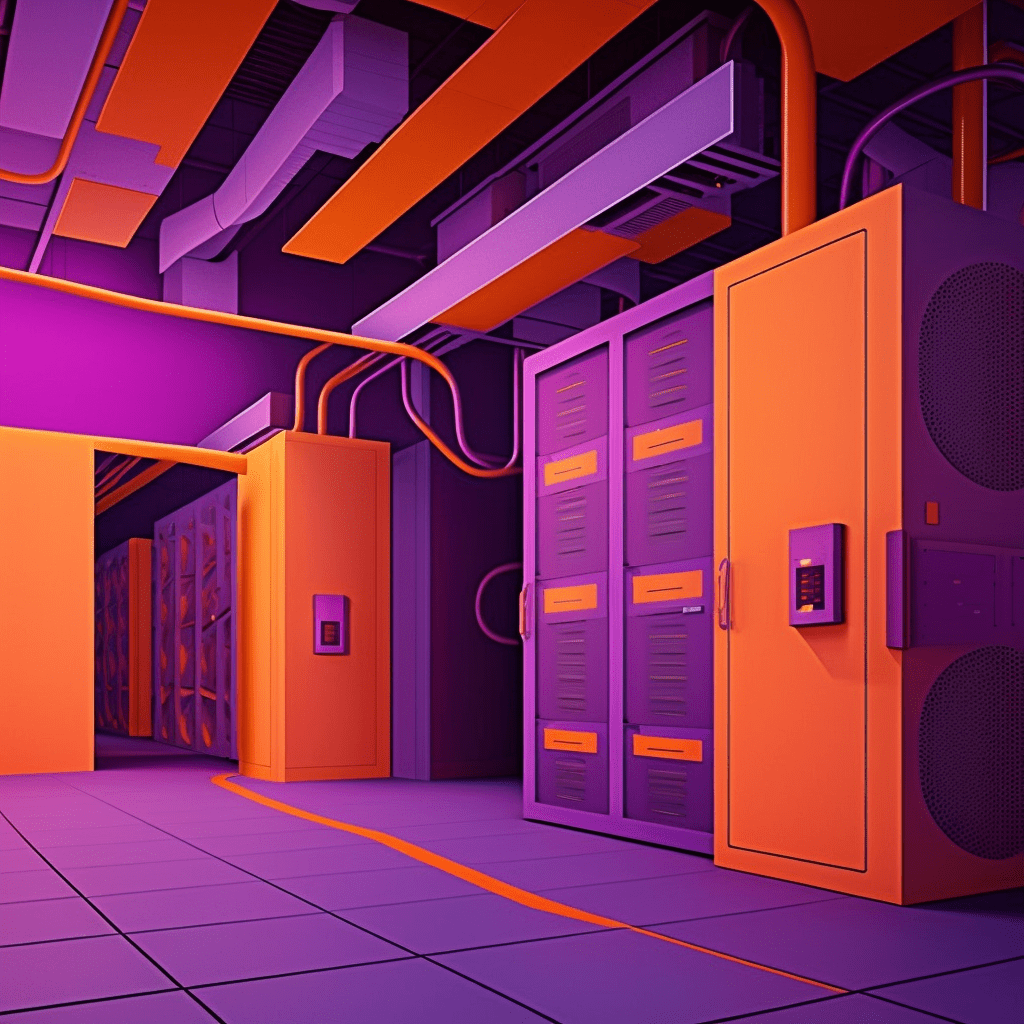A monolithic server is a type of server architecture that is designed to run a single application or workload on a single physical server. In this architecture, all components of the application or workload are tightly integrated and interdependent. This means that the server typically has a single operating system, a single runtime environment, and a single set of libraries and dependencies.
A monolithic server is characterised by its high processing power, memory capacity, and storage capacity, which are all designed to handle the entire workload of the application. This type of server architecture was common in the past, when applications were simpler and less complex, and computing resources were more expensive.
One of the primary advantages of a monolithic server is that it provides a high level of control and predictability over the application or workload being run. Because all components are tightly integrated, it is easier to ensure that the application is performing as expected and to diagnose and fix issues when they arise.
However, monolithic servers can also have some disadvantages. One major drawback is that they are often underutilised, as they are designed to handle a specific workload and may not be able to effectively handle other workloads or applications. They can also be difficult to scale, as adding more capacity often requires adding more physical servers.
As computing technology has advanced, many organisations have moved away from monolithic servers in favour of more distributed and scalable architectures, such as micro-services or serverless computing. However, monolithic servers still have a place in certain environments, such as in highly regulated industries where control and predictability are highly valued, or in legacy systems that are difficult to migrate to more modern architectures.

